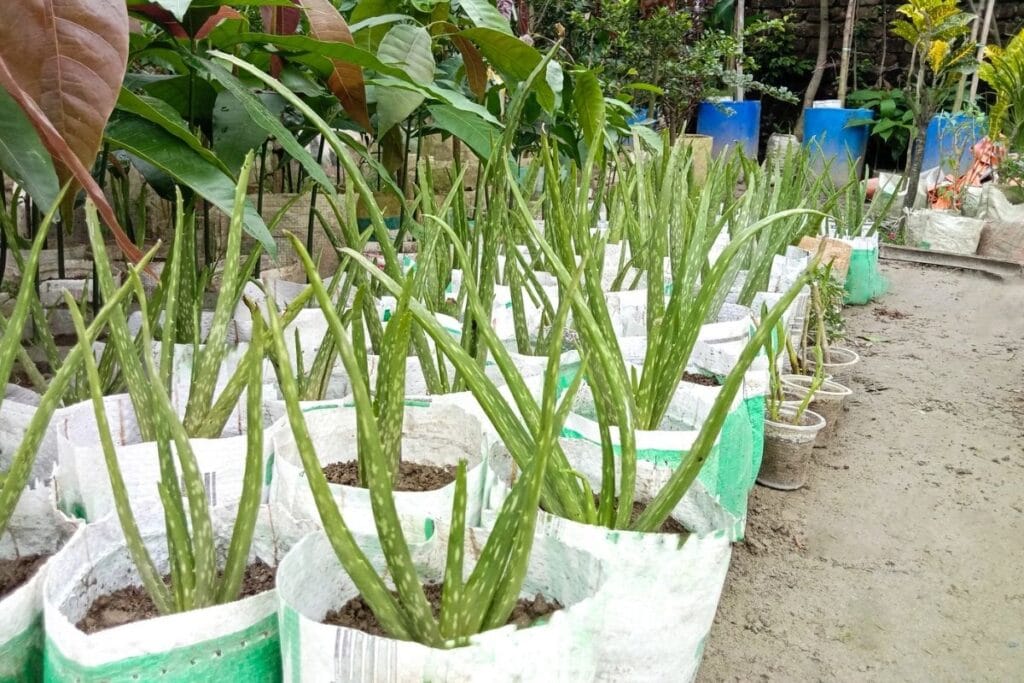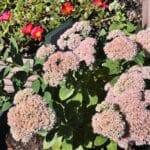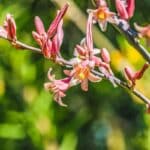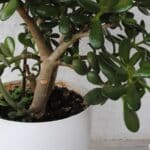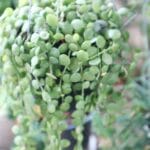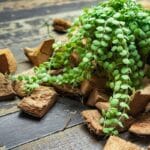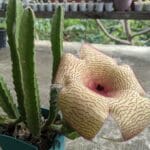There’s one succulent plant that gardeners love to cultivate indoors because of its gel. The soothing gel of the aloe plant (Aloe barbadensis) is used as a topical treatment for burns, cuts, and small abrasions. It is also a major ingredient in many beauty products such as moisturizers, shampoo, hair conditioners, and body lotion.
The aloe plant has special adaptations, both anatomically and physiologically, to survive hot and dry conditions. It does not require much watering and will still go well even if neglected for a long time. Thus, it is considered a beginner plant, as long as you know what potting soil for aloe vera plant you should use.
Where Can You Originally Find an Aloe Vera Plant?
Aloe vera plants originally came from Oman in the Arabian Peninsula before being introduced to the tropics and subtropics. They are very much accustomed to having long periods of drought and short bursts of moisture on fastly draining soil of arid and semi-arid regions.
The fleshy leaves of aloe plants enable them to store water and use it efficiently under long dry periods. The waxy cuticle that covers the leaves also prevents the exit of the harvested water through transpiration. Desert animals also love to munch on these juicy leaves to have a drink but thankfully the spikes can protect them well.
In a physiological aspect, they also have a special way of regulating the opening and closure of stomata to conserve water. Aloe plants are able to instruct the stomata to open at night and to close during the day as the temperature starts to rise. The amount of water exiting the stomata is lower at night with cooler temperatures.
Signs of Using the Wrong Potting Soil
Aloe vera is very much a low-maintenance plant. As long as you provide enough light and you water it the right way, there is a low chance that you’re going to fail. If despite everything and you still ended up killing one, there is probably something wrong with the potting soil you are using.
When you have a bad mix, the yellowing of the leaves might be caused by either a lack of moisture or a high salt buildup. But if the discolored leaves soon become soft and mushy, it can be brought by poor drainage.
Aloe like all succulent plant species needs water. In fact, the composition of its body is 99.5% water and the remaining are solid materials. But as a succulent, it does not need much watering. Some gardeners only water once a month and it works just fine.
Nutrition is not much of a requirement too. A low balance diluted fertilizer for succulents can be applied once up to twice a year and you’re good to go.
Make sure that the proper drainage holes of your pots are not blocked to avoid soggy soil. Aloe plants don’t like sitting in water because they cannot function well and they become more susceptible to fungal and bacterial infections. Overwatered aloe plants, on the other hand, can suffer from root rot and other issues.
Properties of An Aloe Vera Potting Soil
Wondering what kind of potting soil is needed to grow aloe vera plants? Read further if you want to know about it.
Drainage
Aloe plants will require potting soil that will emulate their native home. Arid regions have a hot temperature and dry wind where evaporation occurs quickly. The delicate roots of aloe are habitual to this particular environment and are highly vulnerable to rot if there will be a high amount of moisture that will stay around it.
Soil drainage is an important property that will allow water movement in and out of the potting soil. A soil mix that is gritty will drain easily. There are many inorganic materials that can be used to improve the drainage of a growing medium.
It is also important to choose a container like terracotta or unglazed earthenwares with bottom holes because they are porous. Porous materials are able to absorb excess water from the potting soil.
Aeration
The general all-purpose mix intended for many indoor plants is heavy and compacted for the roots of aloe. The fine materials of the potting mix fit closely to each other and leave only a little air space for root growth. In effect, the roots become choked, suffocated, and soon will turn black.
A soil that is also compacted will not allow penetration of water down the mix. The water will be stuck at the soil surface creating a mini pond and it will drown the shallow roots if not removed.
Soil pH
Arid regions usually have alkaline soil pH because they contain a lot of lime, sodium, or magnesium. These minerals came from the weathering of the parent rocks or materials. This means that aloe plants will prefer a mix that is almost neutral to alkaline (6.0-8.5 pH levels).
Components of an aloe vera potting mix
The cultivation method for cacti and succulents such as aloe plants is quite similar. Thus, they will be needing almost the same nourishment, water, and kind of potting soil. Dissecting the ingredients of a cactus and succulent mix will probably give you the following materials:
Perlite
Perlite is a lightweight material that is made from expanded volcanic rocks. It can improve drainage and at the same time retains enough water that can be absorbed by the plants once needed.
Pumice
Pumice similar to perlite is also a porous volcanic rock. However, it is heavier so it adds up to providing structural support for the plant.
Coarse Sand
Coarse sand is also effective in improving drainage of potting mix.
Vermiculite
Vermiculite helps in retaining moisture and nutrients while preventing the soil from compaction.
Lava rocks
Lava rocks aerate the soil and provide spaces where the roots can happily grow.
Sphagnum Peat Moss
An organic material that can be added to the potting mix in small amounts, peat moss helps lower pH levels, improves soil texture, and has great retentive properties for moisture and nutrients.
However, it’s essential to be cautious with peat moss, as excessive moisture retention can lead to waterlogged conditions and negatively impact plant health.
Shredded bark
Barks can be used as bases for a potting mix for planting aloe vera. They provide aeration, drainage, and moisture retention properties. Once decomposed, it can also give off nutrients needed by the plant.
FAQs
How do you make potting soil for aloe vera?
To make aloe vera soil mix, mix equal parts of standard potting soil and perlite or coarse sand to ensure adequate drainage.
Are coffee grounds good for aloe vera plants?
Yes, coffee grounds can be used sparingly as a soil amendment for aloe vera, as they can help improve soil structure and provide some nutrients. However, excessive use of coffee grounds can make the soil too acidic, which may not be ideal for aloe vera.
Does aloe vera like wet soil?
Aloe vera prefers a well draining potting mix, so it’s important to avoid keeping the soil consistently wet. Allow the soil to dry out between waterings to prevent root rot.
Can aloe vera be outside in the sun?
Yes, Aloe vera thrives in bright, indirect sunlight and can tolerate some direct sunlight, particularly in the morning or late afternoon. However, intense midday sun can cause sunburn, so it’s best to provide some protection during the hottest part of the day.
Are egg shells good for aloe plants?
Yes, Eggshells can be crushed and added to the soil as a source of calcium, which can benefit aloe vera plants. However, it’s essential to crush the eggshells finely to avoid creating sharp edges that could damage the plant’s roots.
What is a good fertilizer for aloe vera?
Aloe vera plants don’t typically require frequent fertilization, but if you choose to fertilize, a balanced, water-soluble fertilizer diluted to half strength can be applied once every few months during the growing season. Avoid over-fertilizing, as this can lead to fertilizer burn or other issues.
*image by Wirestock/depositphotos

